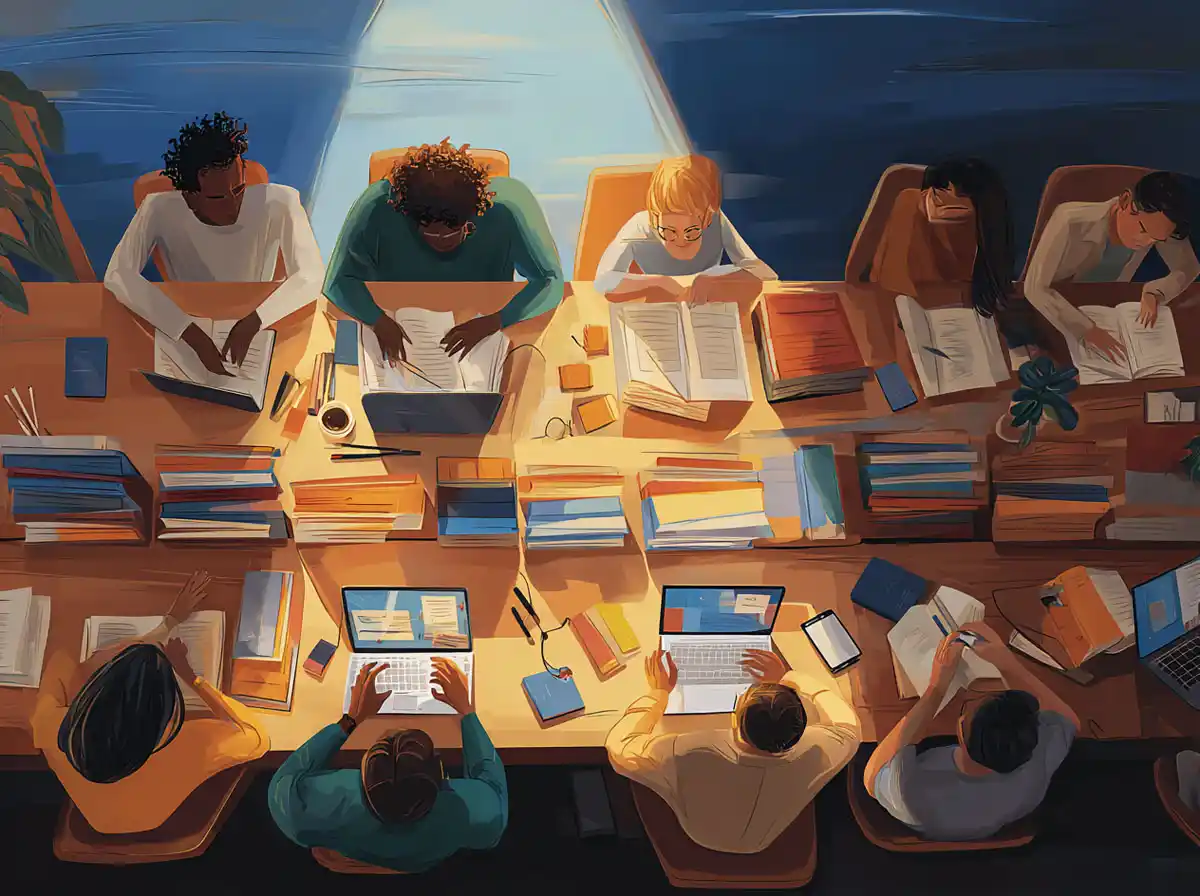### Understanding Basic Art-Related Terms
Art in Persian is called “هنر” (Honar). This term broadly covers various forms of creative expression. When you want to specify what type of art you are referring to, you might add a descriptive word before “هنر”.
Painting, for instance, is referred to as “نقاشی” (Naqashi). If you find yourself in an art gallery in Tehran and want to express your admiration for a painting, you could say:
“این نقاشی خیلی زیباست.” (In naqashi kheili zibast.)
Music is another critical aspect of Persian culture, known as “موسیقی” (Musiqi). To show your interest in someone’s musical taste, you might ask:
“چه نوع موسیقی دوست داری؟” (Che no’ musiqi doost dari?)
### Exploring Traditional Persian Music
Traditional Persian music, or “موسیقی سنتی” (Musiqi-e Sonnati), holds a special place in the hearts of the Iranian people. It involves various instruments like the “تار” (Tar) and “سنتور” (Santoor). Discussing your experience listening to this music could go as follows:
“من عاشق موسیقی سنتی ایران هستم.” (Man ashegh-e musiqi-e sonnati-e Iran hastam.)
### The World of Persian Literature
Persian literature, “ادبیات فارسی” (Adabiyat-e Farsi), is renowned worldwide, with poets like Hafez and Rumi who have made significant contributions. If you’re reading a Persian poem and want to discuss it, you could say:
“شعر حافظ بسیار عمیق و زیباست.” (Sher-e Hafez besyar amigh va zibast.)
### Celebrating Nowruz and Other Cultural Festivals
Nowruz, the Persian New Year, is one of the most important cultural celebrations, known as “جشن نوروز” (Jashn-e Nowruz). If you’re invited to a Nowruz party, you might hear:
“جشن نوروز مبارک!” (Jashn-e Nowruz mobarak!)
### Appreciating Persian Architecture
Persian architecture, “معماری ایرانی” (Me’mari-e Irani), is famous for its intricate designs and innovative use of space. The mosques and historical buildings are breathtaking. If you’re visiting the famous Shah Mosque and want to comment on its beauty, you could say:
“معماری این مسجد واقعاً شگفت انگیز است.” (Me’mari-e in masjed vâgh’an shegeft angiz ast.)
### Delving into Persian Cinema
Iranian cinema, or “سینمای ایرانی” (Cinema-ye Irani), has gained international acclaim over the years. If you watch a Persian film and want to discuss its story, you might say:
“داستان این فیلم بسیار جذاب و پرمعنا بود.” (Dastan-e in film besyar jazab va por ma’na bood.)
### Participating in Artistic Workshops
Workshops or “کارگاههای هنری” (Kargah-ha-ye Honari) are common for those interested in learning about Persian art forms hands-on. If you attend a pottery workshop, you might share:
“من در کارگاه سفالگری شرکت کردم.” (Man dar kargah-e sofalgeri sherkat kardam.)
### Engaging in Cultural Dialogues
Engaging in dialogues about culture, or “گفتگو درباره فرهنگ” (Goftogu darbare-ye Farhang), can deepen your understanding and appreciation. If you find yourself in such a discussion, you might contribute:
“فرهنگ ایران بسیار غنی و جالب است.” (Farhang-e Iran besyar ghani va jaleb ast.)
By incorporating these words and phrases into your vocabulary, you’ll not only enhance your language skills but also deepen your connection with Persian art and culture. Whether you’re discussing literature, music, or art, knowing these terms will help you engage more meaningfully with native speakers and enrich your experience of this beautiful language and its heritage.










